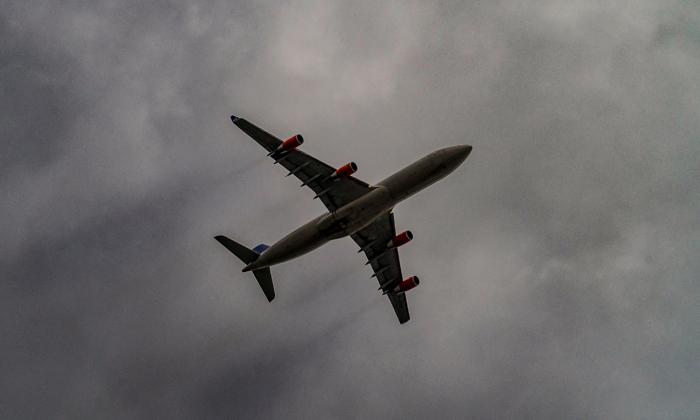To a casual observer, nutria are cute animals resembling small beavers. However, a deep dive reveals something more sinister. This invasive species has been the source of damage to plant life in lakes, swamps, marshes, and more.
These creatures have been the target of eradication efforts by California’s Department of Fish and Wildlife (CDFW) ever since they were first observed in the area in 2017. Due to these efforts, the population of nutria in California has been down.
Valerie Cook, the Nutria Eradication Program Manager at the CDFW, told The Epoch Times that the number of nutria captured reached a peak of 1,239 in 2020 and declined to 135 so far in 2023 despite consistent efforts. As of 2023, the total amount of nutria taken is 3,516.
One hotbed of nutria activity, the San Joaquin River system, has received special attention, especially since recent flooding in the region. According to Cook, it is suspected “that some nutria were transported downstream and out into the Delta,” and the CDFW responded by “redirecting nearly all Program staff into the Delta for early detection-rapid response efforts. These efforts resulted in detections at three new locations in the Delta, which are now being actively trapped.”
One significant hurdle still remains for California’s efforts to eradicate the small rodent. As the population of nutria decreases, the CDFW has “seen a trend of more movement of the remaining individuals across the landscape,” according to Cook.
The United States Department of Agriculture (USDA) stated in an April 2020 factsheet that in Louisiana and Texas, “nutria are notorious ... [for] undermining and breaching water-retention levees in flooded fields used to produce rice and crawfish.” They have also been known to damage sugarcane, rice, corn, and many other crops.

Nutria damage to an ecosystem at a levee. Tess McBride of the United States Fish and Wildlife Service
Nutria: Why the Fuss?
Nutria are dangerous in regions where they are not native, since they tend to cause permanent damage to marshes and other wetlands, according to the USDA.The USDA stated, “Their eating, digging, rooting, and swimming causes massive erosion, converting healthy marsh and habitat for native species into open water habitat.”
This is especially problematic when many of their natural predators, such as alligators, eagles, and turtles, are absent or are only present in limited quantities. Add to that the relatively fast reproductive cycle of nutria, and the eradication of this invasive species is tedious at best.
Desperate to control the species, some states have turned to bounty hunting as a remedy.
Nutria have been found in over 20 states, where they constitute a major hurdle for the ecosystems they reside in. Knowing this, the CDFW was quick to act and was able to prevent the nutria from establishing a population that would cause those ecosystem impacts.
These rodents were first brought into the United States from South America in the late 1800s to participate in the fur trade. Before 2017, nutria had not been spotted in California for over 50 years, according to a 2018 article by National Geographic.
Realistically, the only option available to deal with these rodents is to eliminate them, since according to the USDA, “relocation is not a viable nutria option. Relocating nutria to a new area just relocates the problem, and can lead to the establishment of new colonies and new damage concerns.”
The animals can easily be mistaken for beavers or muskrats due to their appearance. However, they are also easily identifiable by their large orange front teeth, dark brown color, white whiskers, and rat-like tail. If you spot a nutria in the wild, be sure to report the sighting to the CDFW.





